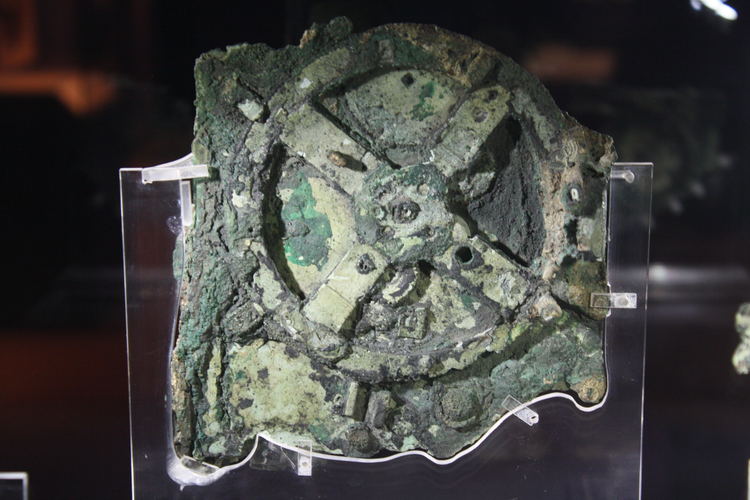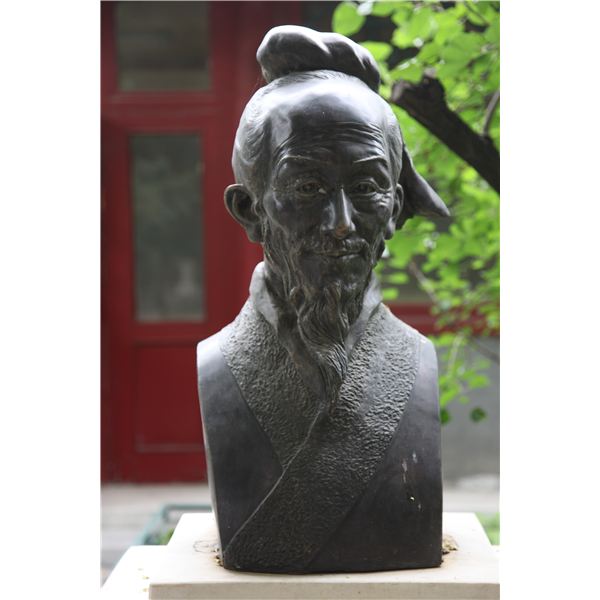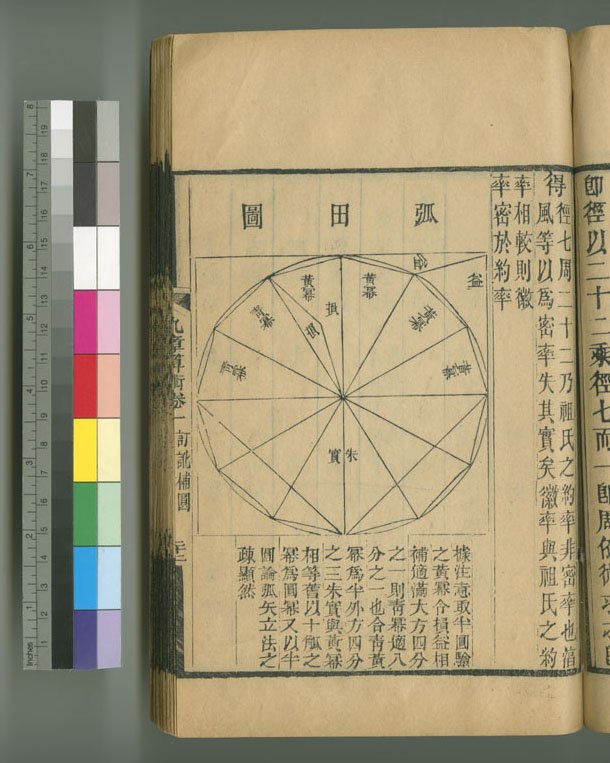Scientific Contribution of Zu Chongzhi in China
1 min readZu Chongzhi (429-500) was an outstanding mathematician, astronomer and mechanical device maker during Southern and Northern dynasties. For several generations his family conducted in-depth studies of astronomy and calendar. So he grew up in the nurture of thefamily and specialized in arithmetic from his childhood. He insisted on practical recalculation and verification; he himself made precise measurements and detailedcomputation in an attempt to promote Chinese ancient arithmetic and astronomy to a higher level.

Zu Chongzhi’s r rate was a great contribution of his among many others.
Based on another Chinese mathematician Liu Hui’s Zu Chongzhi calculation result of r=3.141 6, then the world’s most accurate figure, Zu Chongzhi continued to compute and worked out a more accurate and valid approximation up to the 7th digits after the decimal, that is,3.141,592,6<r<3.141,592,7. The outcome is equivalent of that arising from at least 130 times or more of various nine-digit computations, which would be a very complicated and tiring task even nowadays through written computation, let alone the calculation used by counting rods then. Thanks to the most accurate figure of their time, Chinese maths leaped far ahead of the world’s front ranks. Not until 1,000 years later could the Arabian mathematician Al-Kashi and French mathematician Francois Viete worked out more accurate numerical values. For the convenience of calculation, ZuChongzhi also worked out theTTy approximation with two fractions:355/113 and 22/7, respectively known as”Mili, detailed approximation”and “Yueli, rough approximation”. In the detailed fraction, the best r approximate fraction was represented by figures within 1,000 for both the numerator and the denominator.

Not until the 16th century did two European mathematicians Valentinus Otto and Adriaen Anthonisz rediscover the numerical value.
In writing, Zu Chongzhi once gave notes to Nine Chapters on the Mathematical Artand authored Method of Interpolation, both of which were unfortunately lost.
According to some historical literature, his work Method of Interpolation was listed among the 10 classics of arithmetic during Tang dynasty. That work alone required study for four years, the longest among the 10 classics.
Zu Chongzhi also made brilliant achievements in the field of astronomy. He studied in detail varied calendars of the previous dynasties and proposed boldly to revise thosecalendars. In the year of 452, at the age of 33, he completed Daming Calendar. The calendar was then officially adopted as the best known. Zu Chongzhi also invented a new, classical approach to calculation of the winter solstice day through his observation of sun-dial shadows. Based on the calculation, he worked out the tropical year length of 365.242,81, which must count among the unprecedented greatest accomplishments with only a deviation of 46 seconds. The accurate days were referred in Daming Calendar. Another great achievement of his work Daming Calendar was to take into account the differentiation of the tropical year for the first time while adopting the calendar, thus improving greatly the accuracy of the calculation of the sun, the moon and five major planets’ positions. Also forthe first time, the calendar indicated expressively thenodical month length of 27.212,23 days, reaching a very high calculation level with only a deviation of one second.
However,due to objections from Dai Faxing,then a powerful minister,implementation of Daming Calendar was terminated,for which Zu Chongzhi still argued strongly on just grounds despite various censures against him.Not until the 10th year after his death,after Liu Song and Southern Qi dynasties,the 9th year of the Tianjian reign of Liang dynasty(510),was the calendar officially adopted thanks to his son Zu Geng’s strong advocacy.
Moreover,Zhu Chongzhi was also a versatile mechanical inventor.He once made a compass carriage with“an endlessly rotating device”,a ship“running at the daily speed of 50 km”,water-driven mill,wooden ox and floating horse,lopsided vessel apt to lean over,water-drop leaking kettle,and musical instruments,which were known as“unique and practical inventions”.









